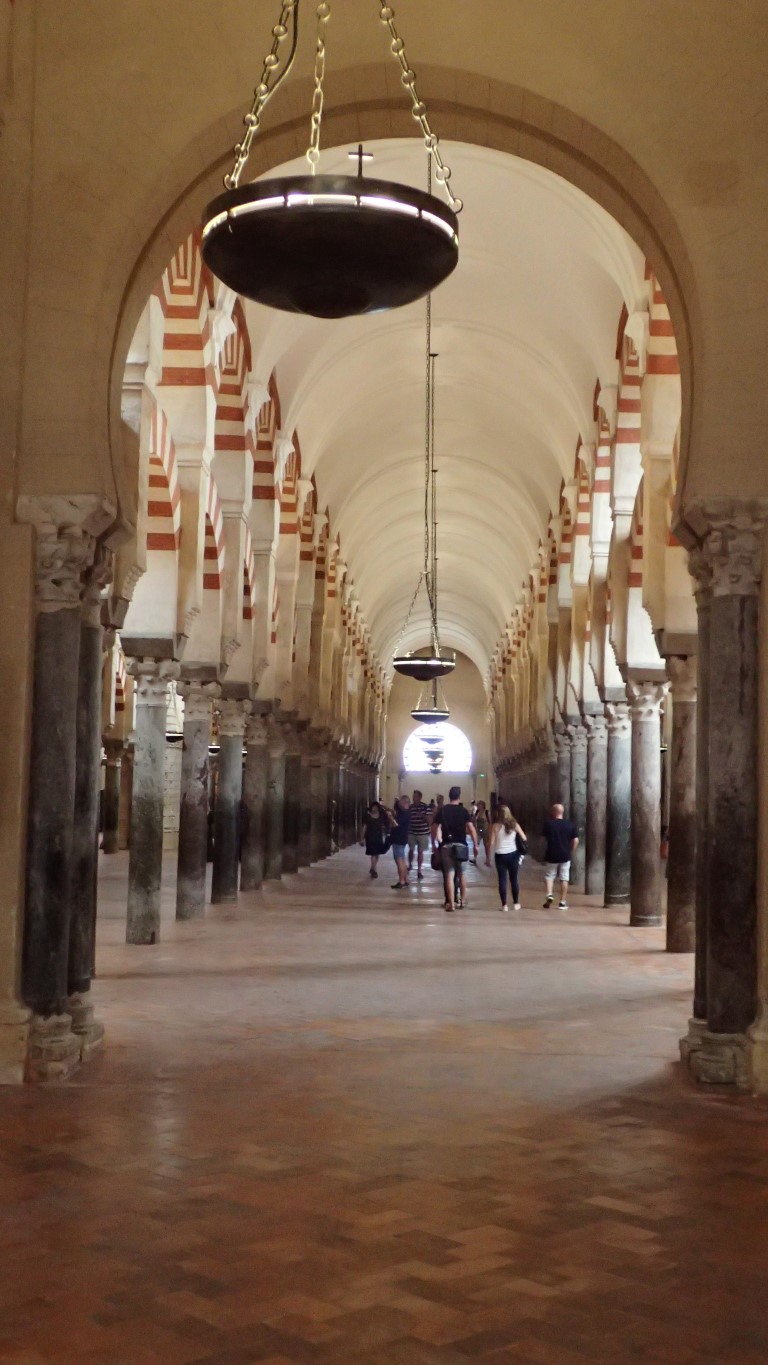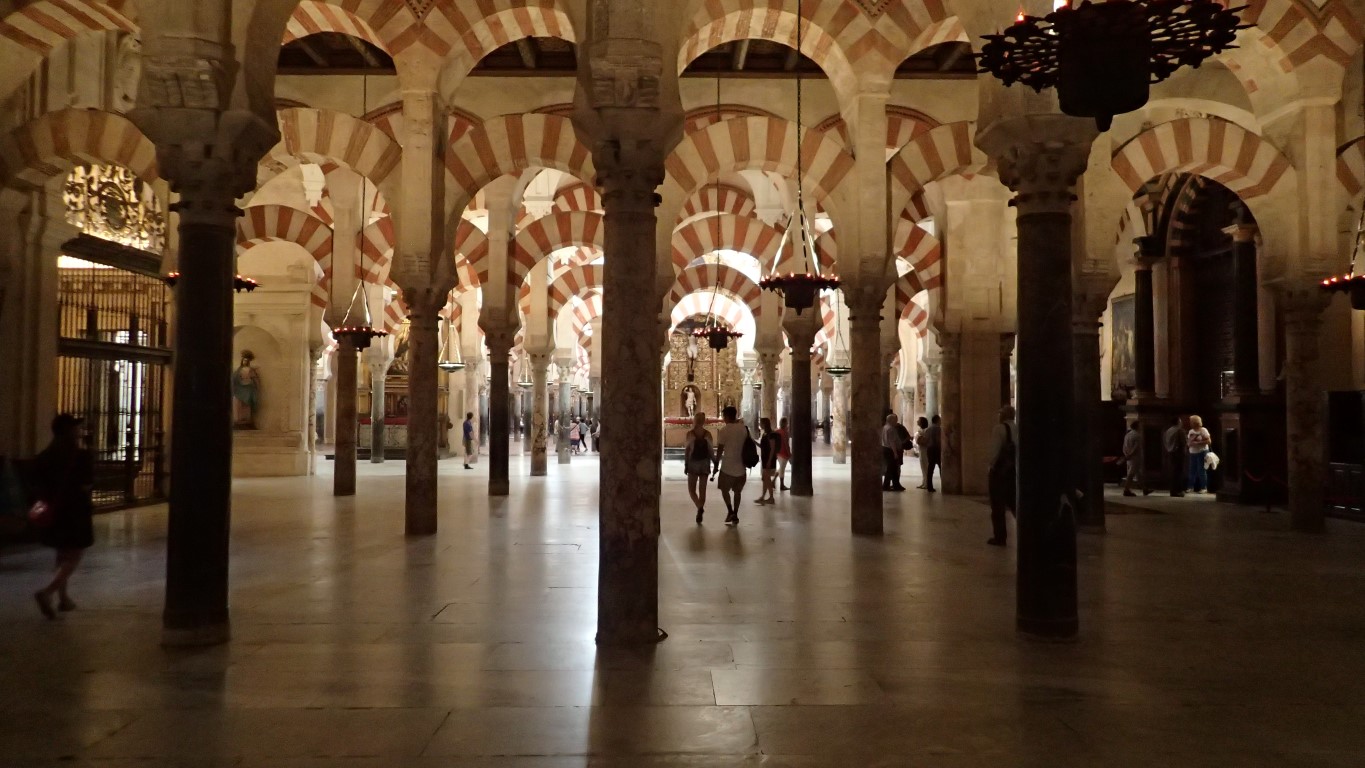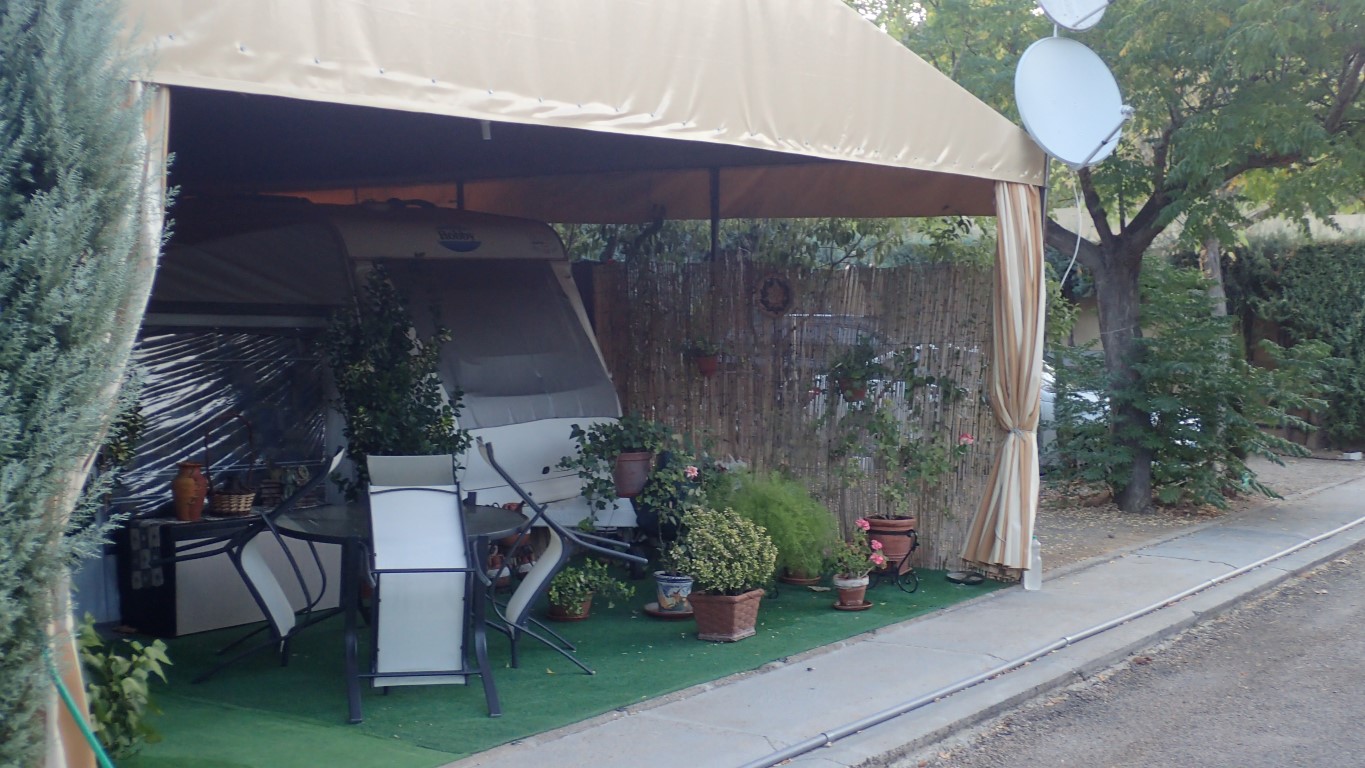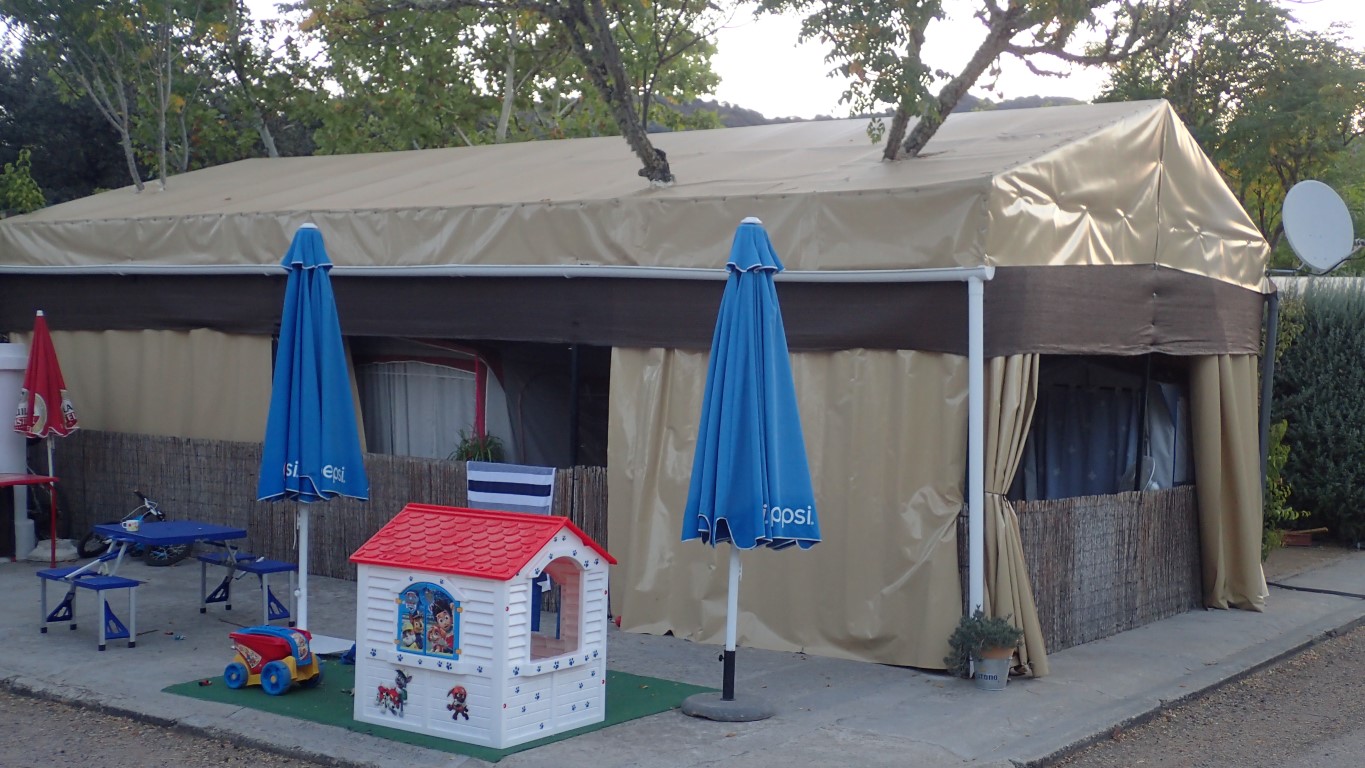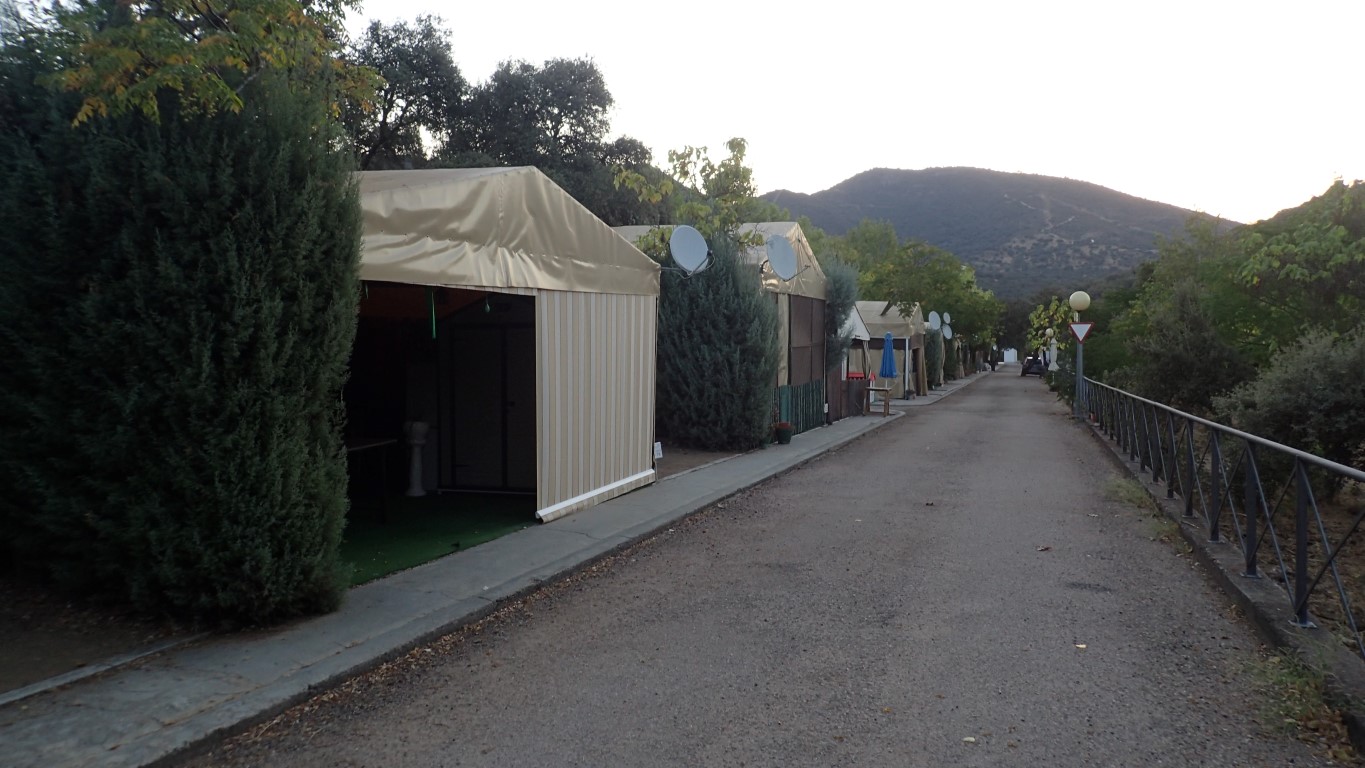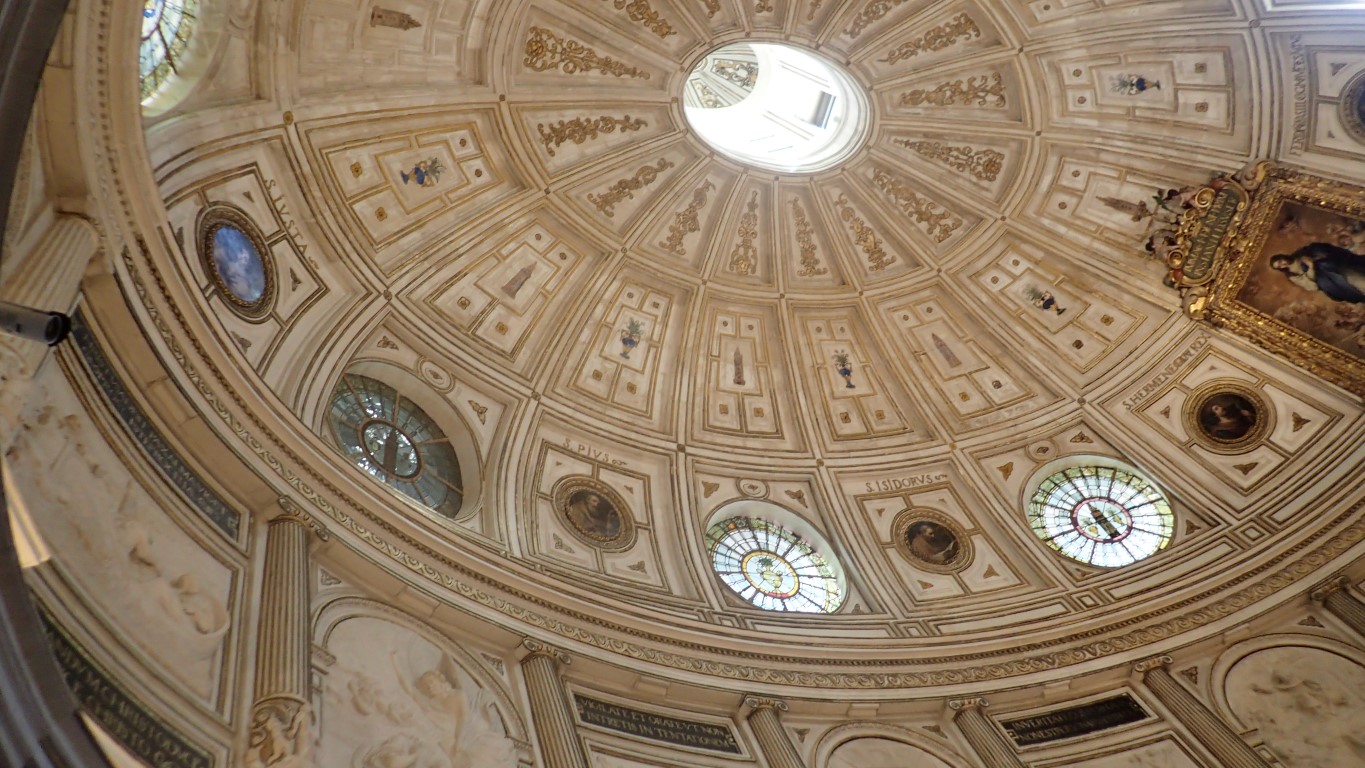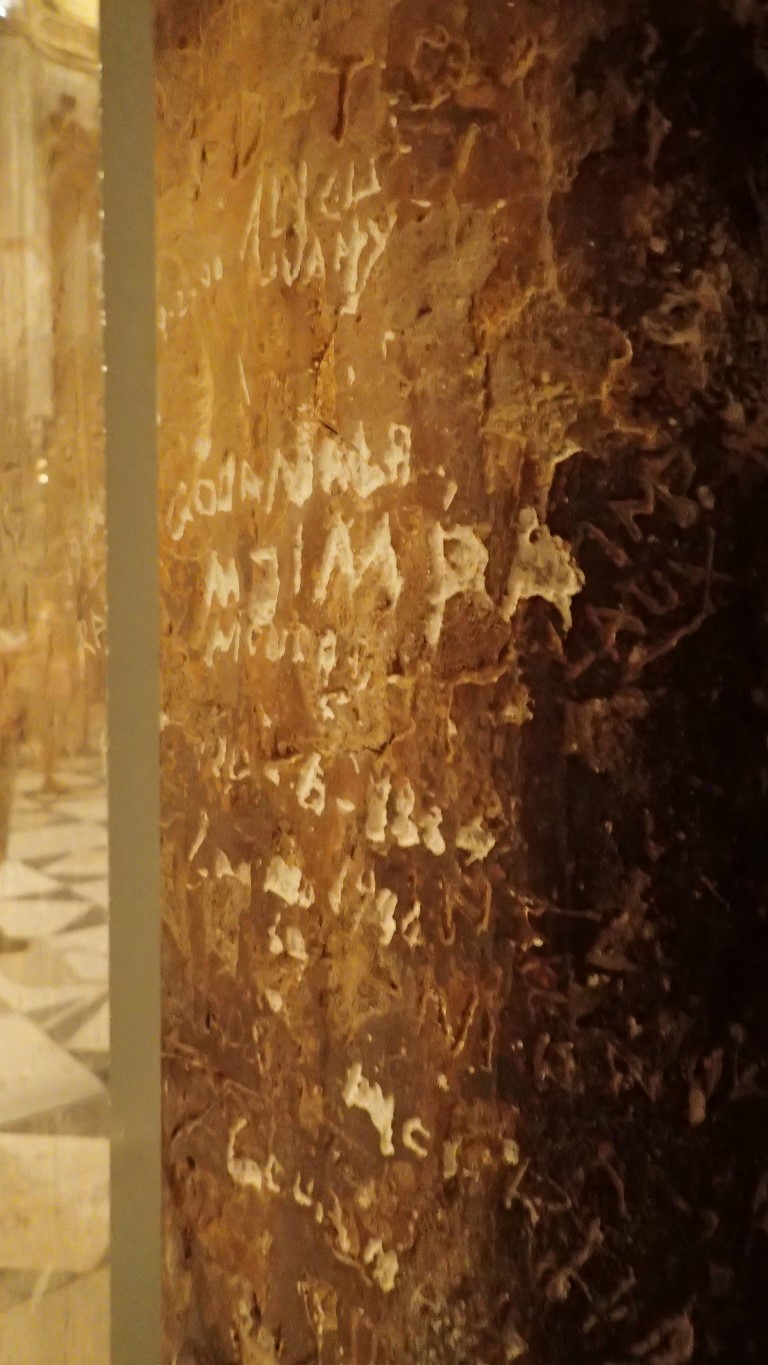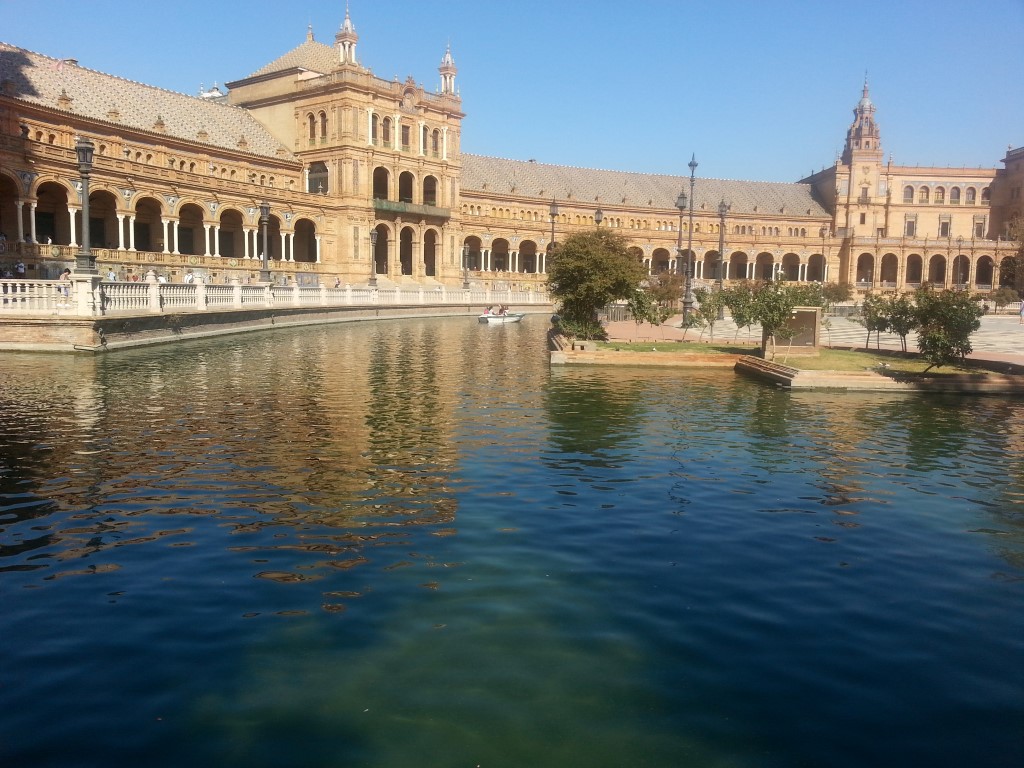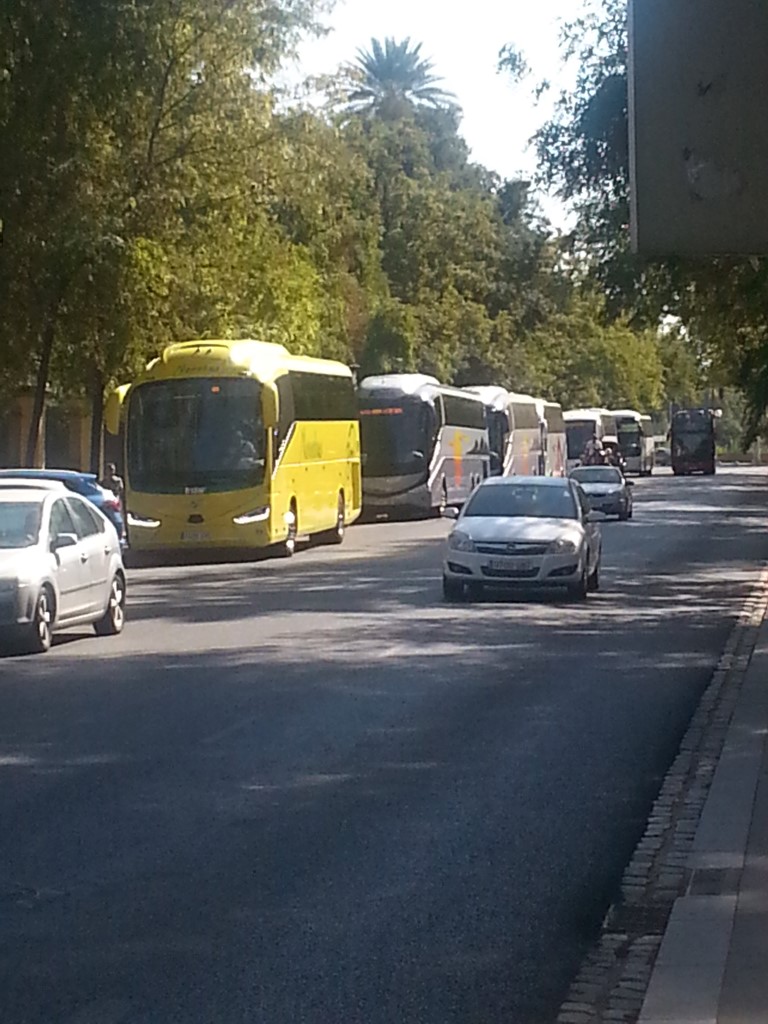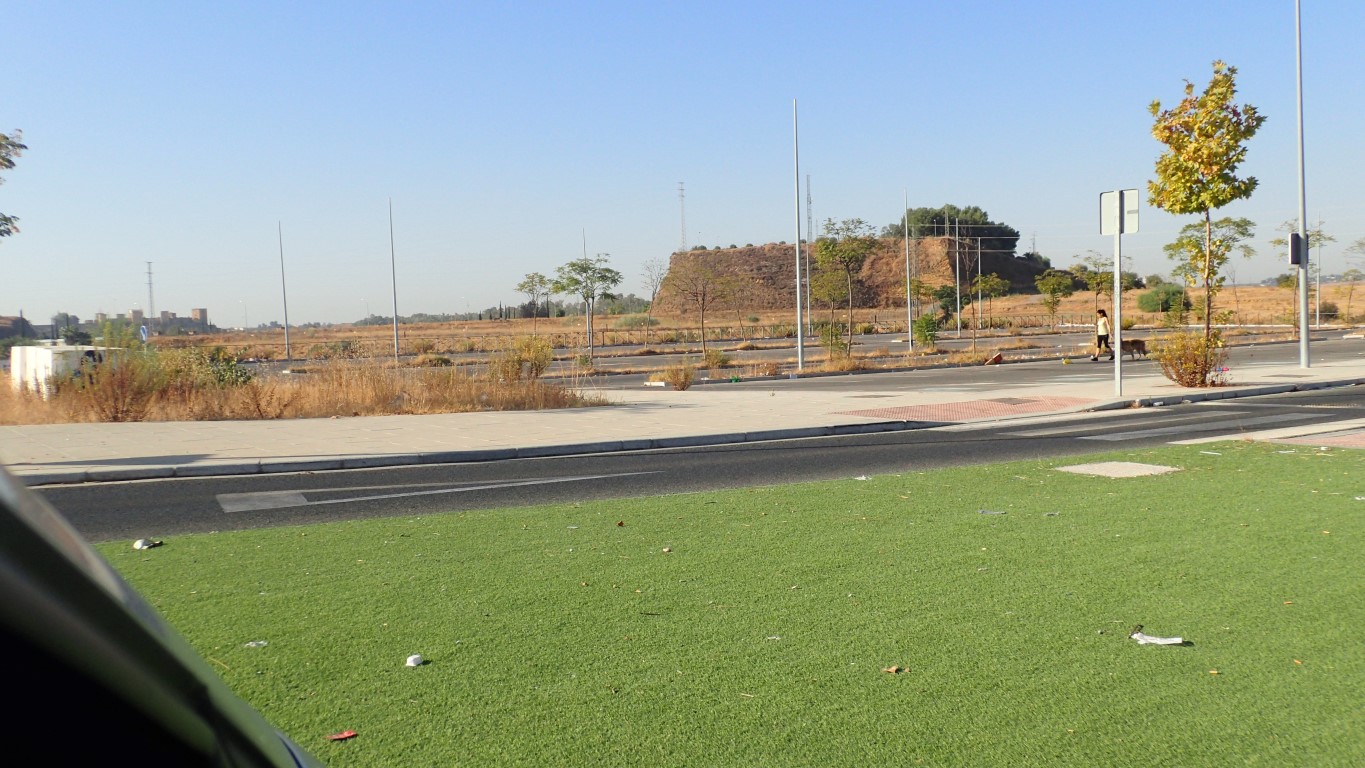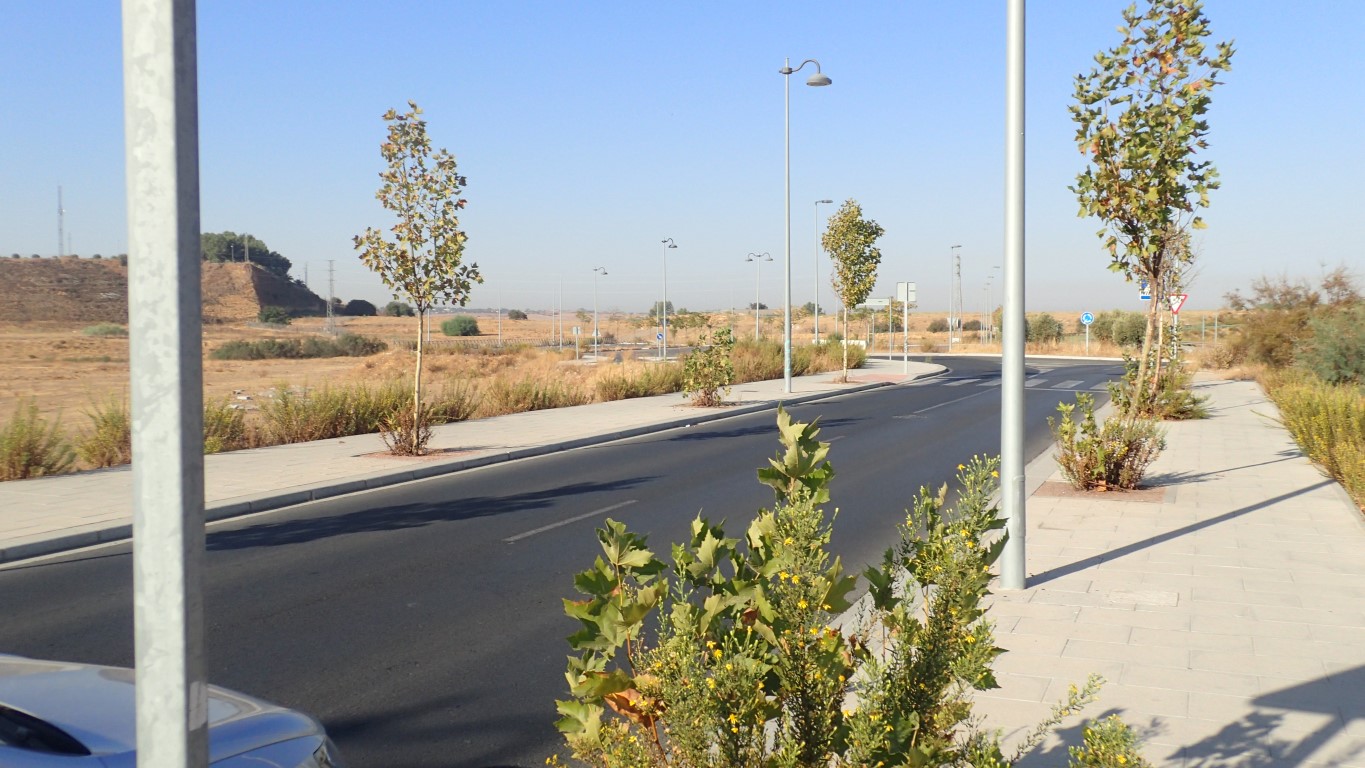We left our lovely Airbnb house in Seville on Saturday morning and headed north to Cordoba. I had a chance conversation with a friend on Facebook and discovered that there are 2 Costco stores in Spain, one in Seville and one in Madrid, and I’d brought my Costco member’s card! So we dropped into the Seville store on our way out of town. It’s amazing how similar these stores are worldwide, but with local differences of course – this one had a lot more fresh, frozen and tinned seafood than the ADL one, but the layout was almost identical and the carpark had Costco’s usual very generous parking spaces. The only thing we bought there was hot chips to have with our bread rolls for lunch. My latest favourite condiment is sherry vinegar and it went very well with those chippies.
And then on to Cordoba, to see the Mezquita, which is regarded as one of the world’s greatest Islamic buildings, and one of the best things we’ve seen on this trip. It is beautiful, spacious and serene, with a Patio de los Naranjos on one side, like Seville Cathedral. The site of the Mezquita has had a church on it since 600AD, originally a small Visigothic temple, then a mosque which was enlarged several times, and then in the 16th Century a Gothic/Renaissance-style cathedral was built inside the existing Mezquita. Sounds like a crazy cacophony of styles, but in reality it all works beautifully.
One of the highlights is the mihrab, the mosque’s prayer niche which faces Mecca. It’s not particularly large, especially not in comparison with the overall size of the whole space, but it is beautifully and richly decorated and a focal point of the Mezquita. I had to go back for a second look after we’d seen everything else.
We walked through some of Cordoba’s side streets in the late afternoon. Bars and restaurants were getting ready for their evening customers, people had started coming back outside after their siesta and tourists cooled their feet in a series of ponds that went along a path by the city wall. We pointed the car in the direction of Toledo and found a municipal campground near a large lake at Villaviciosa and spent the night there.
It wasn’t until the next morning that we realised the GPS was taking us to Toledo in Portugal, not Toledo in Spain! So we set it to the right one and headed north.

